What is Malware? What kind of attack is Malware?
Malware is a malicious, malicious software that can cause harm or malicious code to your computer . This is software created by hackers and hackers to destroy or steal user information for a certain purpose.
1. What is Malware?
Malware (or malware) is a term describing programs or malicious code that can interfere with the normal operation of a system by penetrating, controlling, damaging or disabling the network or computer. computers, tablets and mobile devices , .
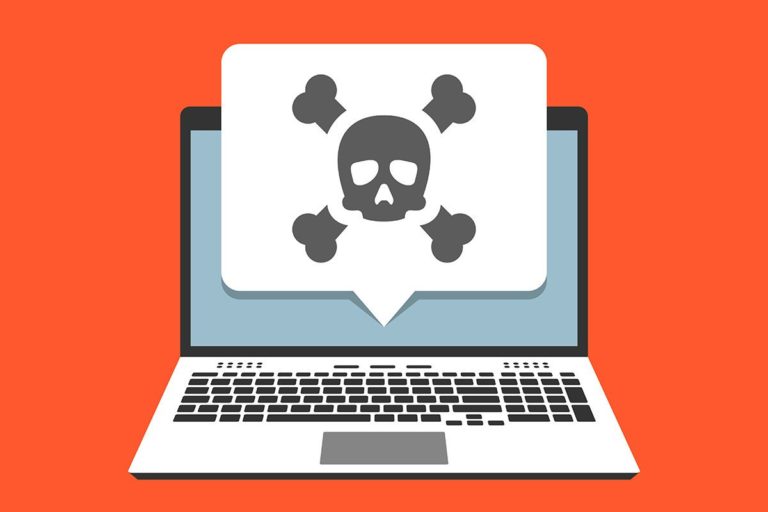 What is Malware? What kind of attack is Malware? Picture 1
What is Malware? What kind of attack is Malware? Picture 1
2. Malware identification markers
When a device is infected with Malware, you may notice the following symptoms:
- The computer runs slowly, the operating system speed drops whether you are navigating the Internet or just using local applications.
- You are annoyed by pop-up ads, and more specifically Adware.
- The system keeps crashing, freezes or shows BSOD - blue screen (for Windows).
- Hard drive capacity decreased abnormally.
- Internet activity of the system increased for unknown reasons.
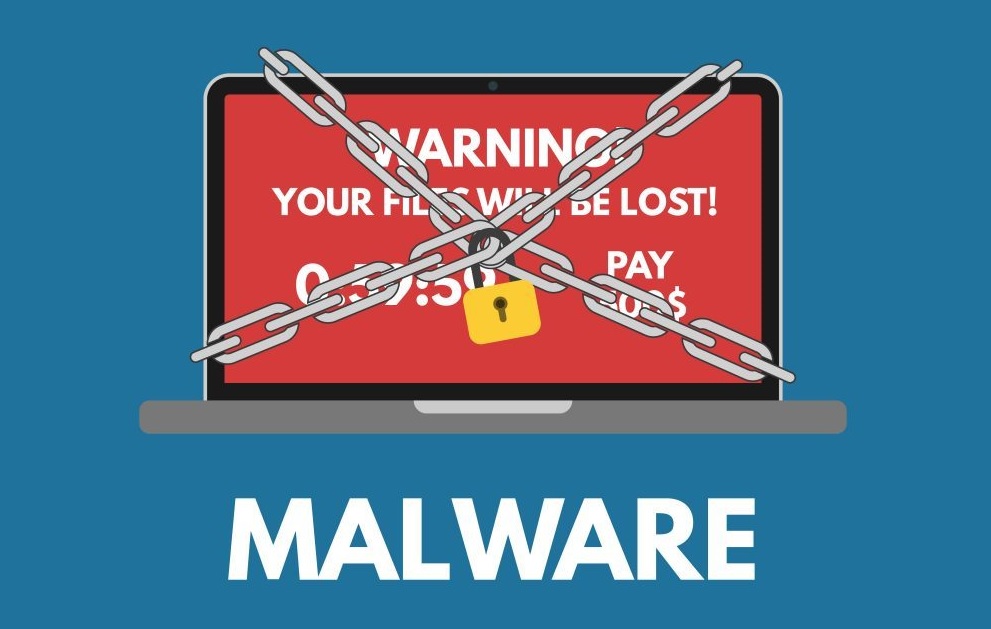 What is Malware? What kind of attack is Malware? Picture 2
What is Malware? What kind of attack is Malware? Picture 2
- System resources are consumed abnormally, the computer fan operates at full capacity.
- Default browser homepage changes without your permission. The links you click will redirect you to unwanted pages.
- New toolbars, extensions, or plugins added to the browser.
- Anti-virus programs stop working and fail to update.
- You receive a ransom notification from Malware, otherwise your data will be deleted.
However, in some cases, devices infected with Malware still function normally, with no sign of any.
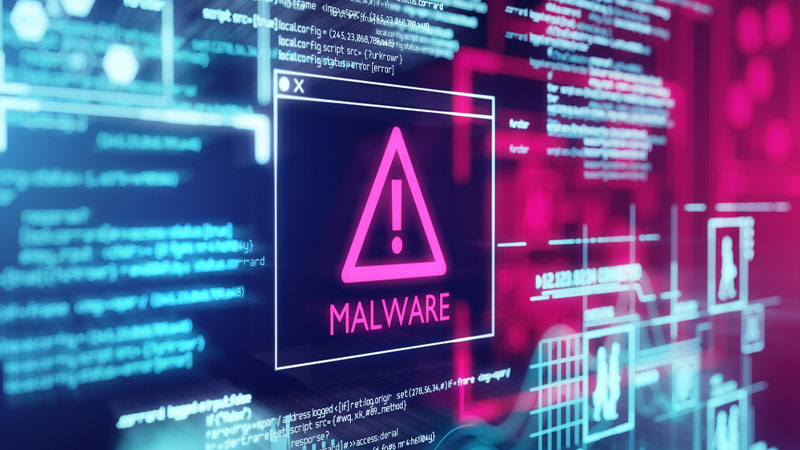 What is Malware? What kind of attack is Malware? Picture 3
What is Malware? What kind of attack is Malware? Picture 3
3. The mechanism of action of Malware
While using the Internet, the following actions may cause you to be infected with Malware:
- Accessing malicious websites, downloading Malware infected games, music files, installing toolbar / software from a strange vendor, opening malicious email attachments (malspam) or downloading data is not Scan by security software.
Mistakenly downloading malicious apps disguised as legitimate apps, warning messages when installing apps, especially when the app requests access to email or personal information.
Download apps from untrusted sources.
- Accidentally installing additional software included with an application (potentially unwanted program) containing Malware.
In addition, not using security programs is also the reason why Malware is easier to get in.
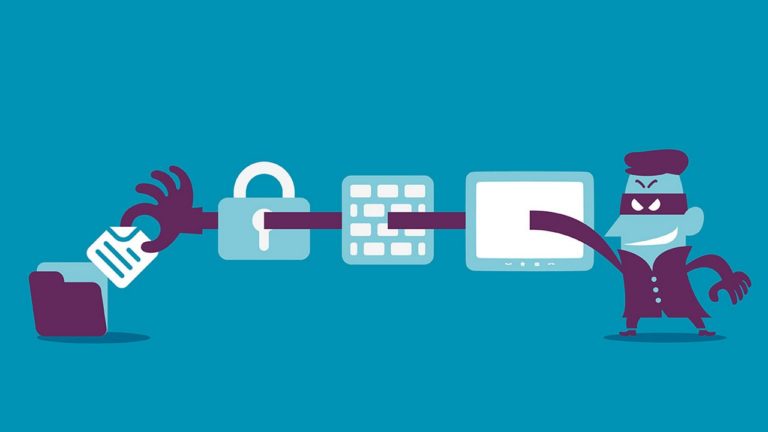 What is Malware? What kind of attack is Malware? Picture 4
What is Malware? What kind of attack is Malware? Picture 4
4. Common types of Malware
Viruses
This type of program is extremely dangerous because it is capable of multiplying, spreading throughout the software system, causing damage to hardware, . with a very fast speed. If you do not fix it in time, all information, data, even the device will be out of control.
Worm
Also known as a worm and the program is more malicious than a virus. Because Worm can reproduce and act by itself without any human influence or control. Even after being 'destroyed', it still has the ability to regenerate itself, working again as usual. It sounds a bit like AI - artificial intelligence.
Trojan
A software is built as a genuine, legitimate and reputable program. Advertise and own protection function, help computer avoid the intrusion and attack of Virus. In essence, the Trojan is like a portal that opens and allows millions of different viruses to attack and harm the computer. Although the Trojan does not have the function of copying data, it is capable of 'destruction' greatly.
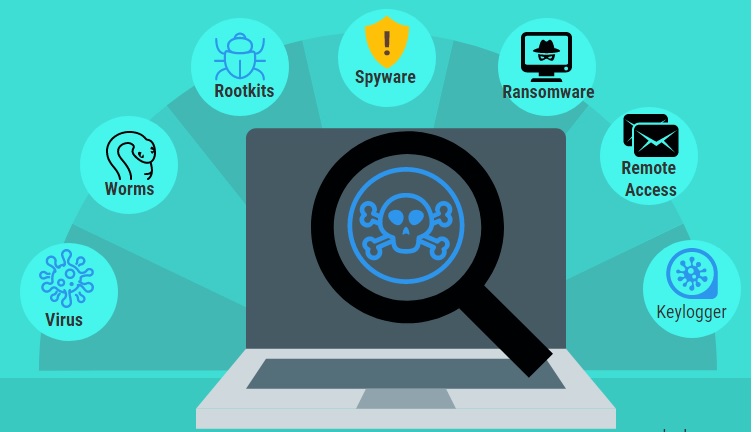 What is Malware? What kind of attack is Malware? Picture 5
What is Malware? What kind of attack is Malware? Picture 5
Spyware
Spyware has absolutely no function of destroying data but is an expert in monitoring, copying and observing user activity. Any data imported or exported from the device is recorded by Spyware and provided to the crooks without anyone knowing.
Rootkit
Since the user installed this software on the device, the Rootkit immediately attacked and took away administrative rights. Then the message can be freely accessed, bypassing any 'wall of protection' with ease. Leveling data, tracking user behavior in a leisurely manner without any system error warning occurring.
Ransomware
Prevent you from accessing your device and encrypt your data, then forcing you to pay a ransom to get them back. Ransomware is considered the weapon of cybercriminals because it often uses fast methods of electronic money payment.
 What is Malware? What kind of attack is Malware? Picture 6
What is Malware? What kind of attack is Malware? Picture 6
5. How to avoid Malware
- You should be wary of websites whose domains end with a set of individual letters, and have an unusual tail (.com, .vn or .org, .).
- - You should pay attention to the signs of Malware infection of your computer from the very beginning to prevent intrusion.
- You should avoid clicking on pop-up ads when you surf the web.
- - Do not open strange files attached to email.
- - Do not download software or applications from untrusted websites.
- You should regularly update your operating system, application or plugin.
- - Only download apps with large downloads and high rankings from Google Play or Apple Store, .
- - Do not download apps from 3rd party sources, and if you use an Android device , you should go to: Settings> Security> Disable unknown apps to avoid installing apps from third parties. 3.
- - Do not click on unknown links, unknown links in emails or texts and messages.
6. Signs identifying Malware infected computers / websites
Pop-up advertising pages appear with dense frequency, cannot be turned off
These are called adware that penetrates the computer, the website is in the form of banner ads, the more users try to turn it off, the more display it becomes.
Link to a completely different website
If you click on a link that leads you to a strange website with irrelevant content or worse, off the web, you get it.
Website traffic is suddenly lost
If you suddenly find that your website's traffic is seriously down, it may be because search engines discover that your website has malicious code, they immediately exclude your website from the search results page. Customers or users can no longer see and access your website.
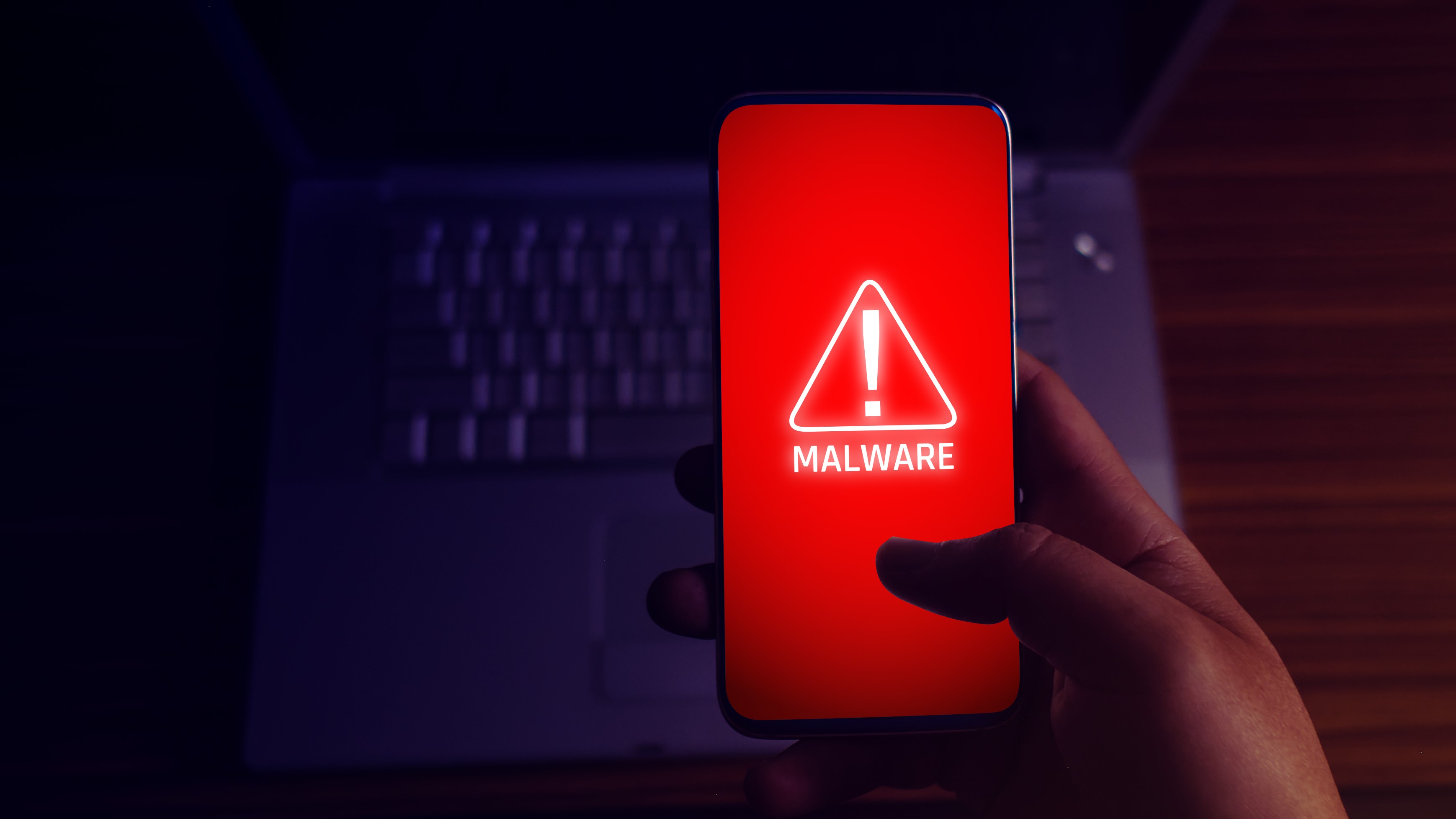 What is Malware? What kind of attack is Malware? Picture 7
What is Malware? What kind of attack is Malware? Picture 7
Security software keeps reporting errors
This sign indicates that your website or computer has a problem.
There are comments, spam links
If suddenly in your blog posts, news on your website appearing strange comments with content in another language or you are sure that it is not written by the real person, it is due to link spam programs. automatically from Malware with the aim of destroying and reducing the quality of your website!
7. What to do when the website is infected with Malware?
If your website is open source, check for and update patches of the type of open source you are using. Check the server, decentralize the directory on the website and configure the security of apache.
- Change all server, host, and account passwords.
- Download all web data to your local device and perform a one-round check on folders, deleting suspicious files. Re-upload the source code.
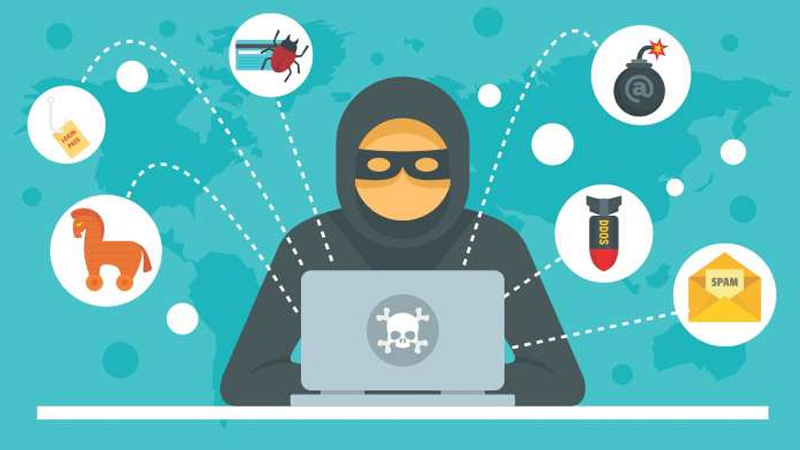 What is Malware? What kind of attack is Malware? Picture 8
What is Malware? What kind of attack is Malware? Picture 8
- After re-uploading the safe source code, you should authorize all directories (including the hosting root directory) with chmod = 711. The files are chmod = 444 for safety and security. For the file that contains the database information, it is best to Base64 Encoding.
- Temporarily delete all of the advertising code that you are using on the website because the iframes that the providers use or are rated as malware by Google.
- After doing the above strategies, you can notify Google for them to review and re-index the website. You can do this in Google Webmaster Tools with the Request Review tool.
You should read it
- 5 signs of computer infection with malware
- How to identify computers infected with viruses with 10 characteristic signs
- 10 typical malware types
- How many types of malware do you know and how to prevent them?
- Signs that your computer is infected with malware
- What is Goldoson Malware? How can you protect yourself?
- How to Remove Malware from a Mac
- More than 100,000 pages using Wordpress are infected with malware
- How to check if your PC is infected with Emotet malware
- How does malware get into smartphones?
- Warning: 5 million Samsung, OPPO, Vivo smartphones ... are infected with malware and this is how to check and remove
- Microsoft: 100% of PCs in Vietnam are infected with malware






 How to Protect Yourself from the Latest WordPress Malware Attack
How to Protect Yourself from the Latest WordPress Malware Attack Modular Malware - New stealth attack method to steal data
Modular Malware - New stealth attack method to steal data How many types of malware do you know and how to prevent them?
How many types of malware do you know and how to prevent them? Apple users are careful with the kind of malware that is virtually undetectable on a Mac
Apple users are careful with the kind of malware that is virtually undetectable on a Mac What to do to handle 'No Internet After Malware Removal' error?
What to do to handle 'No Internet After Malware Removal' error? What is malware analysis? How are the steps taken?
What is malware analysis? How are the steps taken?